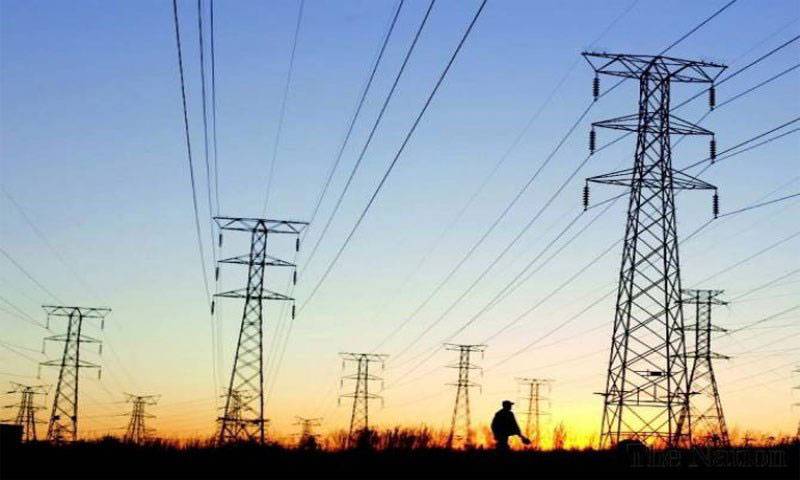LAHORE - No reduction is expected in loadshedding in the country for the next two year as gap in peak demand is expected to exceed 4500MW. Loadshedding remained high in 2013-14 and daily average loadshedding was as high as 10 hours in Multan and Quetta while it was 3 hours in Gujranwala and Lahore, and 2 hours in Karachi.
Supply of electricity to distribution companies of Punjab province showed high growth, especially in the case of GEPCO, MEPCO, and FESCO but some utilities saw a decline in supply, including PESCO (Peshawar), HESCP (Hyderabad), and QESCO (Quetta). The Institute for Policy Reforms has issued a Fact Sheet about the State of the Power Sector. Based on NEPRA’s recently released State of Industry Report 2014, the Fact Sheet provides important information about a sector that has been a source of great hardship for the people of Pakistan and, which has also stymied economic growth of the country.
According to it, the country has seen no improvement in line losses from transmission and distribution of power. Total line losses remained at 18.5% in 2013-14. Some distribution companies registered especially high line losses. For example, line loss in SEPCO (Sukkur) was a high of 39%. Reduction of line losses is an area that the government must improve.
In addition to line losses, under-recovery of bills remained a concern. On the aggregate, DISCOs and K-Electric combined recovered 11% less than the amount billed in 2013-14. While performance of Faisalabad and Lahore was good, Quetta recovered less than half of the amount billed. Consequently, total arrears due from consumers have increased by 25% in 2013-14 to reach 513 billion rupees. Of this, an amount of 313 billion is due from private consumers contributing to the circular debt.
Over-charging of bills became a special concern in 2013-14. The number of complaints received from consumers increased to 3.4 million in number in 2013-14. Most of these pertained to overcharging. The highest incidence of complaints was in Karachi, Lahore, and Gujranwala.
The Fact Sheet recognizes a modest increase of 550 MW in installed generation capacity in 2013-14. Most of the increase is in thermal generation. Furnace oil as a fuel source had a share of 61% in thermal generation. This has increased the country’s dependence on imported fuel for power generation.
Despite the marginal increase in generation, load shedding is expected to continue well into the year 2019 exacting a high cost of 3.7% of GDP on the economy.
Thursday, November 21, 2024
No drop in loadshedding for next two years
| Country saw no improvement in line losses in 2013-14: IPR

Kazakh deputy FM meets Pakistan's industry minister for cooperation talks
4:16 PM | November 21, 2024
Imran Khan remanded in police custody for five days in New Town case
4:03 PM | November 21, 2024
Former test spinner and umpire Nazir Junior passes away at 78
3:59 PM | November 21, 2024
Suspected Bandit killed in Wazirabad police encounter
3:57 PM | November 21, 2024
Four monkeys cause stir in Karachi
3:55 PM | November 21, 2024
-
Hunger crisis to increase in South Sudan, warns UN
-
Hunger crisis to increase in South Sudan, warns UN
-
Pakistan’s judiciary champions climate justice at COP29 in Baku
-
Punjab struggles with persistent smog as Met Office forecast rainfall
-
Punjab residents face escalating smog crisis as pollution levels soar across country
-
Qatar says Hamas 'no longer welcome' in Gulf state
Land of Vigilantes
November 21, 2024
United in Genocide
November 21, 2024
Finally Fighting Back
November 21, 2024
Digital Stagnation
November 20, 2024
Xi’s Red Lines
November 20, 2024
Independent Supreme Court
November 21, 2024
Fat Loss Fantasy
November 21, 2024
Tackle Corruption Within School Boards
November 20, 2024
To Be Opportunistic
November 20, 2024
Democratic Backsliding
November 20, 2024
ePaper - Nawaiwaqt
Nawaiwaqt Group | Copyright © 2024





